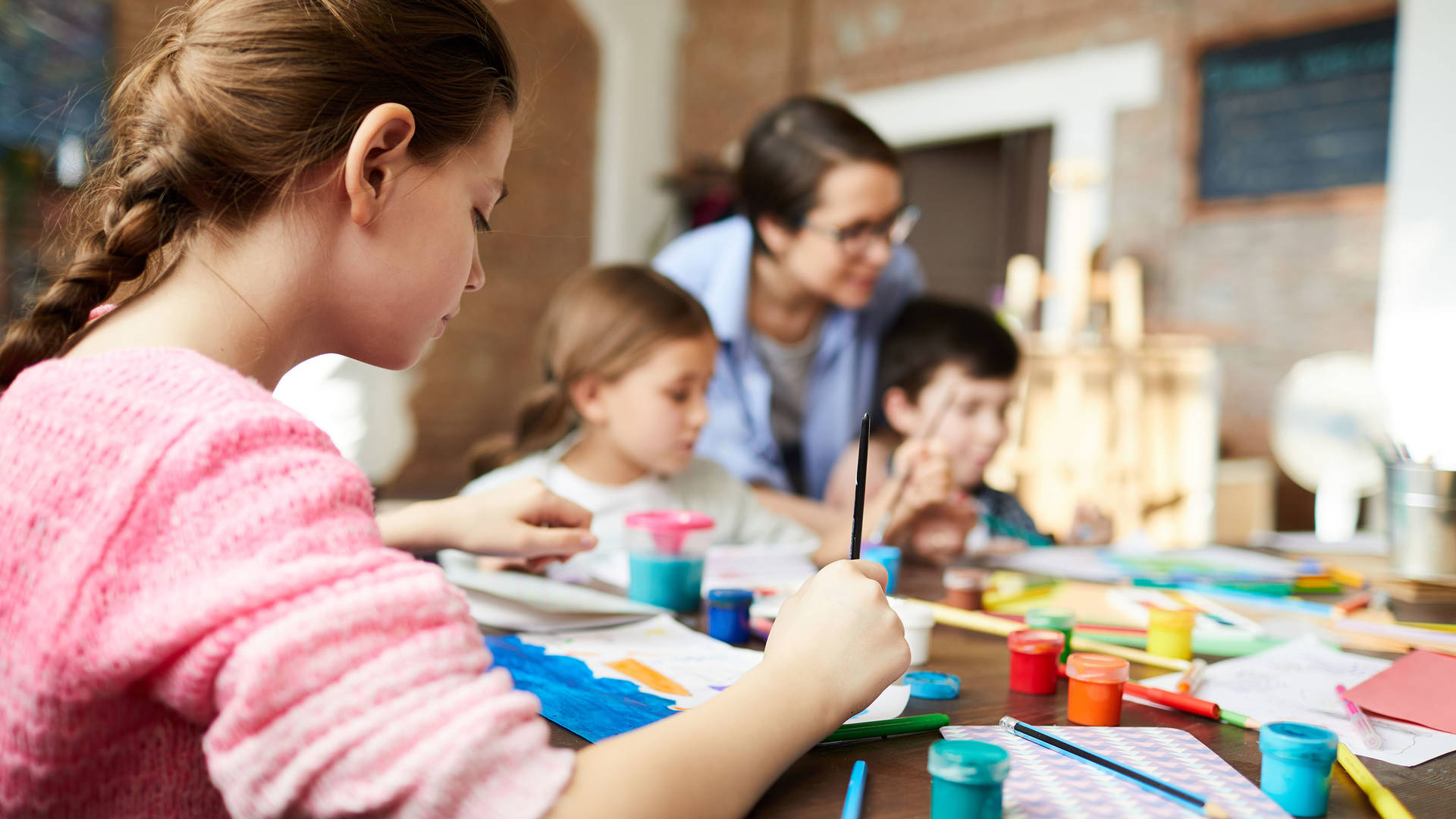Family
7 ways to keep children entertained at home
Avoid tears and tantrums with a variety of tricks and tips that will make time at home fun for all the family
Avoid tears and tantrums with a variety of tricks and tips that will make time at home fun for all the family
With social distancing measures in place around the world, many families are spending more time together at home than ever before. But just because you sometimes feel like you’ve run out of inspiration halfway through the school holidays, you don’t need to approach the coming weeks and months feeling worried that your little ones are going to get bored. Here are seven ways to ensure that every day is an action-packed adventure.
It’s not just adults who benefit from having a sense of purpose. Learning a new skill can build a child’s confidence and prepare them for the real world – you never know, you might just realise you are living with a budding author, chef or computer programmer. From apps offering language lessons aimed at youngsters to online coding classes, there are plenty of digital learning resources to discover.
Enjoy a magical movie night without having to leave your home. Use pillows and beanbags to create a cosy viewing space and line up a few family favourites from whatever streaming service you have access to. Complete the experience with bowls of popcorn and task your children with making some tickets to hand out to cinema-goers. Tuning into audiobooks and podcasts as a family can be an equally rewarding experience – be sure to spend some time afterwards to discuss everyone’s thoughts and feelings about what you’ve watched or listened to.

It’s easy to let tablets take control of your children’s attention spans, so find ways to swap screen-time for something hands-on. The instant gratification of watching TV is nothing compared to the sense of accomplishment they’ll feel if they make something. Gather paper, pens, paint, dried pasta – anything that can be used to make an at-home artwork – and think about how creative children can repurpose everyday household items. Cardboard toilet paper rolls can be turned into a marble run, old water bottles become skittles and aluminium cans are upcycled into plant pots.

Draw up a scoreboard and encourage a healthy sense of competition. It doesn’t matter what you play – board games, computer games or acting – so long as everyone can get involved. Include a variety of rounds so everyone can play to their strengths and look for ways to make the proceedings as interactive as possible. For example, a picture game that is played in teams (where one person sketches an object for their partner to identify) or a name game (where people take it in turns to guess the name of the famous person that’s been written on a piece of paper and stuck to their foreheads).
